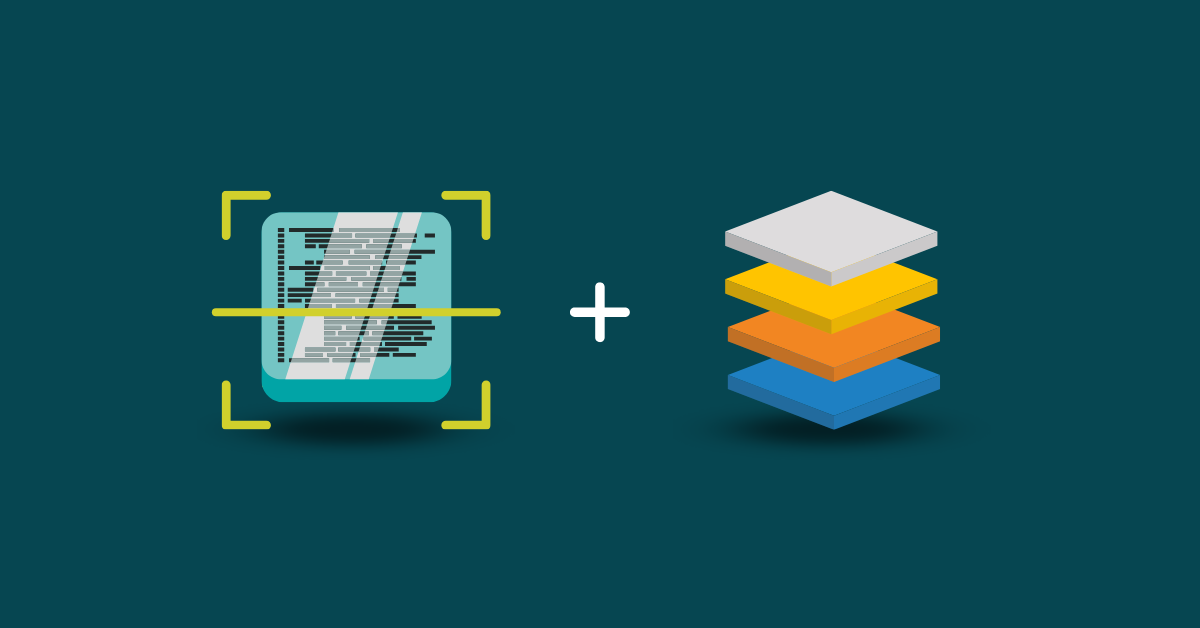

Code security has always been a major concern for development teams. However, tools like static application security testing (SAST) only became available relatively recently. These tools scan a software product’s source code for security vulnerabilities using a set of fixed rules.
Now, artificial intelligence is enhancing the utility of these already powerful tools. AI in SAST makes it easier to keep up with codebases that are growing in complexity. They offer advanced vulnerability detection and helpful remediation suggestions with expedited speed.
Static application security testing reads the source code without executing it. As it does, it scans for security vulnerabilities and coding flaws. Developers utilize these tools throughout the software development lifecycle, ensuring the team consistently pushes secure code to release.
Traditionally, these tools have relied on predefined rules and patterns to identify these issues. Hand-written algorithms can’t “read” the code in the same way a human does. They only understand what their rules tell them to understand, but artificial intelligence is changing this.
Large language models (LLMs) are competent coders in their own right. They understand the code at a deeper level than a simple set of rules allows. The result is a new breed of SAST tools that catch more bugs and stop more vulnerabilities at the source. This gives traditional SAST a number of important enhancements:
A big disadvantage of traditional SAST tools is their reliance on set rules. This means they need to be updated to handle the latest open-source libraries or other new frameworks developers may migrate to. AI-powered SAST tools are different—they can analyze any existing codebase and automatically generate detection rules.
AI models can understand data flow patterns and the implications of particular code choices at a deeper level than static rules. This allows them to better assess complex security issues that span multiple functions or otherwise have long dependency chains, like SQL injection attacks. Such attacks are ripe for potential vulnerabilities that traditional SAST might miss.
AI-powered tools can cut through false positives and prioritize the actual issues. They can use historical fix patterns to assess an issue’s exploitability and triage vulnerabilities, saving security and development teams time. This leads to a more streamlined workflow where the issues that matter most are addressed first.
Accurate vulnerability detection requires a complete look at the code. However, some security flaws are very well hidden. Logic bombs, backdoors, and other exploits can be hidden in complex syntax structures. LLMs can understand this code and catch problems that traditional tools would miss.
Traditional static analysis tools can find problems, but cannot do much about them. The rise of code-writing LLMs changes this—AI-powered remediation can automatically suggest context-aware code fixes and even write patches that remove security vulnerabilities without impacting functionality.
Like any developing technology, AI-powered static analysis tools come with a set of trade-offs in addition to their efficiency gains. To make the most of these tools, teams need to have a solid understanding of both the challenges and benefits ahead.
We’ve seen how AI-powered tools can catch more problems and work much faster than their traditional counterparts, processing vast codebases and identifying the vulnerabilities they contain in mere minutes. In some cases, they may even spot issues a human wouldn’t. This speed enables near real-time scanning within integrated development environments (IDEs), making security validation seamless in developer workflows.
Security teams often struggle with having much to cover and little time to do it. AI-powered ranking systems consider many factors—including exploitability, context, and business impact—giving them the context required to prioritize remediation efforts accurately. Now, teams can focus their limited resources on the most critical vulnerabilities and spend less time dealing with false positives.
Ideally, security vulnerabilities are caught as early as possible—a practice known as shift-left. AI-driven security tools can be integrated directly into an IDE, enabling shift-left security and removing the friction and delays of traditional security tools. This integration also allows for context-aware explanations of potential vulnerabilities, which are provided to developers as soon as they are identified for early intervention and remediation.
All of these benefits combine to provide perhaps the most significant benefit: time and cost savings. Code is processed faster, so remediation efforts can start sooner. False positives are avoided to prevent time-consuming wild goose chases. In some cases, AI-powered SAST tools catch problems right as developers work, enabling immediate fixes.
One of the big limitations of LLMs in general is that we don’t really know how they make decisions. While rule-based systems are transparent, AI-powered tools are black boxes. This can make it difficult to customize logic and determine why certain code patterns trigger alerts. Security teams that need to understand and validate findings must work around these issues.
AI models are only as good as the data they train on. If the code they learn from is buggy, they may miss vulnerabilities. Poor data quality may cause the opposite problem, resulting in false positives. If models aren’t regularly trained on reliable, up-to-date data, they may also be unaware of the latest exploits. To maintain high levels of cybersecurity, AI models must continuously “study” quality training data.
While AI models have a deeper understanding of how code works than traditional SAST does, they lack some nuance. Business logic issues like IDOR (Insecure Direct Object Reference), BOLA (Broken Object Level Authorization), or privilege escalation attacks can be too complex for the AI to detect. Often, these issues arise from unintentional side effects of otherwise fine-looking code.
Given the limitations, AI security testing alone isn’t enough. Providing the best coverage requires a mix of human and machine insight, and getting that balance correct requires some experience. Teams must learn how the AI responds to their particular codebase, and with that information, they can assign a human to tasks where the AI is found to be insufficient.
AI-enhanced AppSec is still in its infancy. The industry, however, is optimistic about where the technology is and where it’s going. The current tools are just the beginning of what’s possible as AI redefines static application security testing. Future AI-powered SAST capabilities are expected to include:
Predictive AI is a big deal in other industries: Automotive companies use it to predict the optimal time to get an oil change, and manufacturing plants use it to predict when parts need to be replaced before they fail. AI-powered security tools will likely offer similar capabilities. They may be able to analyze developer workflows and historical patterns to predict where new security vulnerabilities are likely to emerge, allowing for proactive remediation that further streamlines development.
As the ecosystem grows, we can expect that AI-enhanced SAST tools will integrate into more security tools. Future solutions will be able to share data across SAST, SCA (software composition analysis), and runtime protection tools. Currently, there are gaps in coverage where these different tools meet. By enabling intelligent communication between them, AI can close those gaps.
Like any security tool, AI in SAST needs to stay current with emerging cybersecurity threats. LLMs have learned to search the web to make up for their training cutoff date, and AI-powered security tools will similarly be able to adapt in real-time to changing security landscapes. Machine learning algorithms studying past attacks may be able to predict entirely new vulnerability classes before they become widespread.
As the capabilities of generative AI grow, their ability to solve security issues will grow as well. Future AI models will be able to generate comprehensive strategies for fixing the security issues they find, accounting for project constraints and other business alignment needs. Integration with AI-generated code in tools like GitHub Copilot will make the remediation process as automatic as possible.
AI-powered SAST tools bring exciting possibilities to the world of application security, especially in their potential to enhance vulnerability detection and reduce false positives. But while the technology continues to evolve, it’s important not to overlook the proven capabilities of today’s trusted SAST solutions.
Whether you’re evaluating emerging tools or reinforcing your current security posture, strong static analysis remains a cornerstone of any modern AppSec strategy. Learn more about how Kiuwan helps teams implement scalable, standards-based SAST across their software development lifecycle. Try Kiuwan free today!


